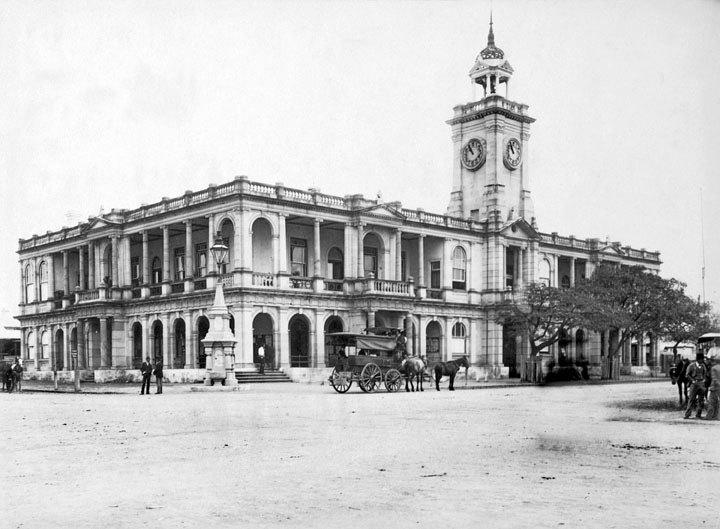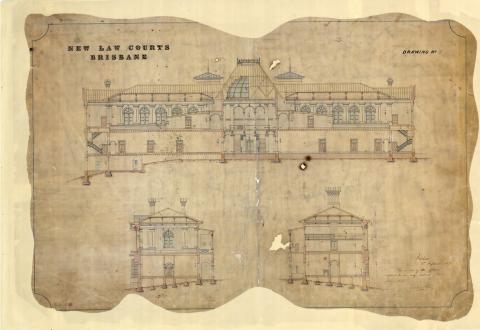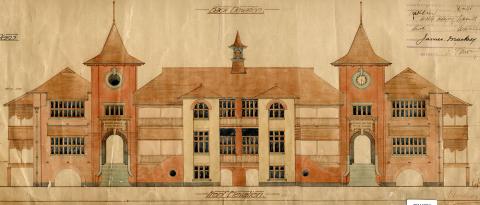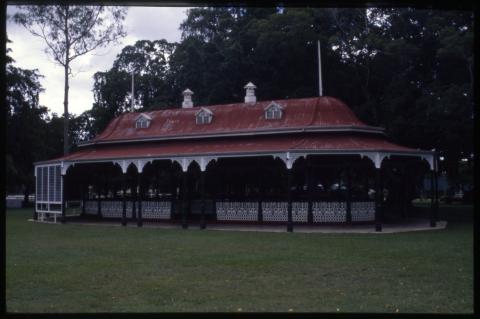
- News of the day
-
Morning Bulletin, Saturday 24 January 1914, page 10
Post and Telegraph Offices.
The Post Office had a busy year. Under the heading " received " the following figures are given:- Letters, 481,240; registered letters, 5785; packets, 100145; newspapers, 215,912; parcels, 15,262; mails 10,594. Under the heading "despatched," there are - Letters, 505,466; registered letters, 6682; packets, 118,680; newspapers, 132,060; parcels, 11,453; mails, 11,365. The number of money orders issued last year was 3461 for £15,718 16s. 2d., a decrease of 121 in number, but an increase of £1003 10s. 1d. in value. The value of the commission was £124 15s. 3d. The money orders paid numbered 1077 for £5575 3s. 10d., an increase of 257 and £1306 9s. 5d. The value of the postal notes paid was £931 17s. 1d., an increase of £57 5s. 10d., while postal notes to the value of £3287 2s. 6d. were issued, an increase of £522 16s. 9d. The value of stamps sold was £6269 9s. 5d., a decrease of £452 5s. 9d. There were supplied to country offices stamps to the value of £4708 16s. 4d., and postal notes valued at £4220 5s. 7d. In each case there is a substantial increase.
Last year, in dealing with the telegraphic business, I ventured the statement that when the increased facilities which were being given were in full working order, the revenue would show a decrease as there would not be the necessity for sending so much business urgent. This has been borne out. During the year the telegraph line between here and Rockhampton has been duplicated, with the result that business is done much more satisfactorily than in the past. The vexatious delays, which made the service almost a farce, have been done away with. There has been a falling-off in the revenue and also in the business. The sluggishness in the sheep market has been to a, great extent responsible for this. Another factor, and a very potent one, is the telephone trunk line. This is a very serious rival to the telegraph, more especially since the rates have been cut down. And the telephone is much more satisfactory than wire. With all these drawbacks, the operators were kept very busy. They received 44,827 messages and despatched 53,506, the value of the latter being £3943 2s. 8d. The increased facilities have not onlv been appreciated by the general public, but by the operators, who can cope with a rush whenever it comes. There will be no repetition of the experience of June and July of 1912, when the operators had to work dav and night on end, finishing up the business of one dav at seven o'clock the following day.
- Background
-
This grand two-storeyed brick post office with sandstone facing was erected in 1892 for the Queensland Post and Telegraph Department. It was designed in the office of Queensland Colonial Architect George Connolly, and was built by Dennis Kellaher for £14 368. Situated at the corner of Denham and East Streets, it was the sixth post office to be established in Rockhampton after a succession of temporary and superseded post offices.
An unofficial post office was established at Rockhampton in 1858 at a store in Little Quay Street and in 1861 was relocated to a chemist shop. In December 1862, Postmaster General Thomas Lodge Murray-Prior recommended the establishment of an official post office in Rockhampton. By 1863 the first official Postmaster had been appointed and a temporary wooden post office building was constructed on the present post office site between 1863 and 1865.
During this period Rockhampton's postal services had expanded greatly. In 1865 Rockhampton was linked with Brisbane, via the inland route, through Taroom, Hawkwood, Dalby, Toowoomba and Ipswich and by the mid-1860s most outposts in Central Queensland were in touch with Rockhampton through fortnightly or weekly mail services. On 20 November 1864 a telegraph line was opened between Rockhampton and Gladstone and the first telegraph office was opened in a chemist shop.
The makeshift wooden post office was replaced in 1866 by an ornate two-storeyed brick building with decorative wooden verandahs. This building was designed by Colonial Architect Charles Tiffin but was originally planned for Maryborough. Due to the cost of materials exceeding the budget for the post office originally planned for Rockhampton, the plans for the post offices were swapped. The two buildings were designed concurrently by Tiffin.
Courtesy of the Queensland Heritage Register
/150.5133899,-23.3780837,7/450x450@2x.png?access_token=pk.eyJ1IjoicXNhLWRpc2NvLXFsZCIsImEiOiJjamJmdTgyZXEyeWNjMnlxZm8xcmtieHgxIn0.lmT9J5tTPKGuuccQgCVSAg)



